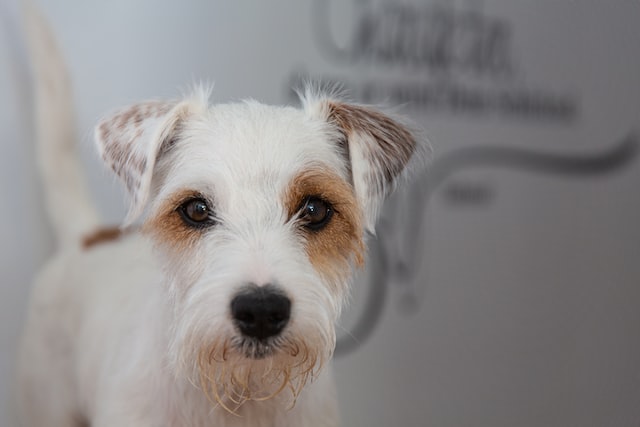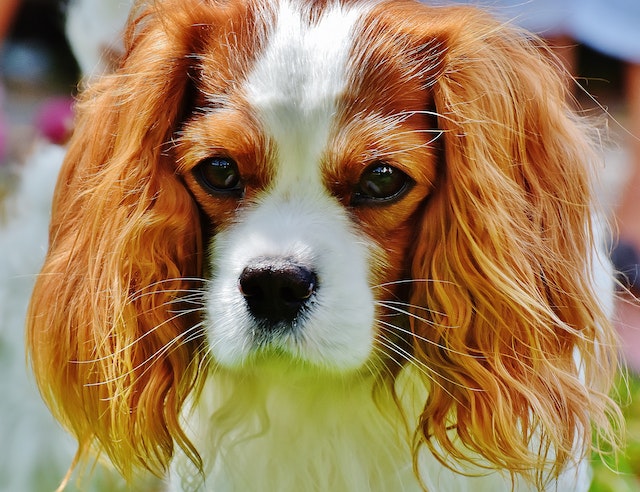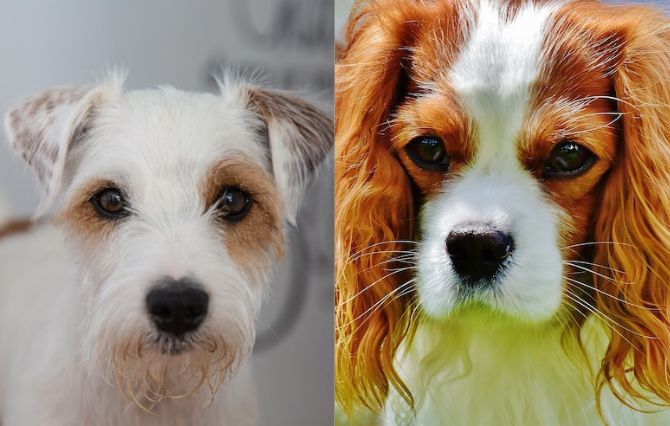The Parson Russell Terrier

The Parson Russell Terrier is commonly known as the Jack Russell Terrier. This dog stands out when compared to his breed in terms of legs. The Parson Russell Terrier has longer legs. This is because they were initially bred to hunt fox and had to keep up the horses whilst hunting the foxes down. Owing to these hunting instincts it’s advised that you don’t bring home another companion for the dog. If the other pet is bigger, it can lead to a confrontation and if it’s smaller, then they might want to hunt them.
They are generally very happy dogs who are fully consumed by their family and loves to participate in every family activity that involves any kind of playing. The Parson Russell Terriers are always full of energy and require daily walks and runs to expend as much energy as they can. Although they don’t score all that well on the watchdog checklist, they are intensely protective of their family and can be fierce to deal with if it senses any danger.
These terriers are fairly obedient which makes them easy to train. Strong headed-ness is their forte but treated firmly and with discipline, their behavior can be modified. They respond well to older children and can tend to growl or snap at younger children if teased or handled roughly.
Care & Health:
- Major concerns: none
- Minor concerns: lens luxation, patellar luxation
- Occasionally seen: glaucoma, ataxia, Legg-Calvés, deafness
- Suggested tests: eye, knee
- Life span: 13-15 years
- Grooming: The Jack Russell Terrier is known to shed all over the house. If you’re not too keen on having dog hair all over your house, then you might want to brush their fur every other day.
History:
The Parson Russell Terrier, otherwise known as the Jack Russell Terrier was named after Reverend Jack Russell when he bred these terriers to hunt foxes. Their small bodies allowed them to drive the fox from his lair, giving the hunters easy access.
Although the breed was recognized by the English Kennel Club in 1989, they were already known in the United States as early as 1930s. The name Parson Russell was chosen by the American Kennel Club because the name “Jack Russell Terrier” had been trademarked by a group opposed to allowing the working terrier breed into the Kennel Club. Parson Russell Terriers were first recognized by the UK Kennel Club in 1990 and the American Kennel Club in 2001.
The Parson Russell Terrier’s AKC popularity was ranked 75th out of 157 in 2007.
The Cavalier King Charles Spaniel

The Cavalier King Charles is a quintessential family dog. Not only do the Cavalier spaniels get along with children of all ages, they also adapt extremely well to other pets in the house. Their sociable nature does not make them good watchdogs sadly, but if you’re looking for a kid-friendly dog, your search ends here!
Another point that goes in their favour is their obedience. Nothing works faster than food motivation; making it easy to train them. This is also a reason for using the King Charles Cavalier spaniel for assisted animal-therapy. Being family dogs, they’ll express extreme happiness when they see you and jump around and wag their tails and make you want to play with them. Keep in mind that they don’t require a lot of exercise. A daily walk and an occasional game of fetch should do the job.
By and large, Cavalier King Charles Spaniels are very good-tempered dogs and can be one of the best additions to your happy little family. Their good natured temperament often leads owners to be a little lax in keeping an eye on the spaniel. You need to be just as vigilant with the Cavalier King Charles as you would with any other dog.
Care & Health:
- Major concerns: MVI, CHD
- Minor concerns: patellar luxation, entropion
- Occasionally seen: retinal dysplasia
- Suggested tests: cardiac, hip, knee, eye
- Life span: 9 – 14 years
- Breeding: King Charles Cavalier dogs should not be bred until they’re 5 years old.
- Grooming: The Cavalier King Charles Spaniels are known for excessive shedding. To avoid having clumps of hair all over the house, many owners brush the dogs’ fur every day. An occasional brushing should keep the shedding at bay too.
History:
The chaos in the Houses of Parliament all over the world is not something restricted to the new day and age. It’s said that King Charles II loved his spaniels so much that he allowed the dogs to walk within the House of Parliament. Dating back to the 16th century, the Cavalier King Charles Spaniel was well received by all the ladies as a companion and warm lap dog. The spaniels were also trained to protect the owner from the plague which could be contracted by fleas and dangerous owners biting the ladies.
Before the 1920s, however, only one breed of King Charles spaniel existed. A new breed was bred with a longer snout and to differentiate between the two, the breed with the longer snout was dubbed the Cavalier King Charles Spaniel.
The Cavalier King Charles was introduced to the United States in 1952 and recognized by the AKC in 1996. As of 2007, they ranked 25th out of 157 breeds.
